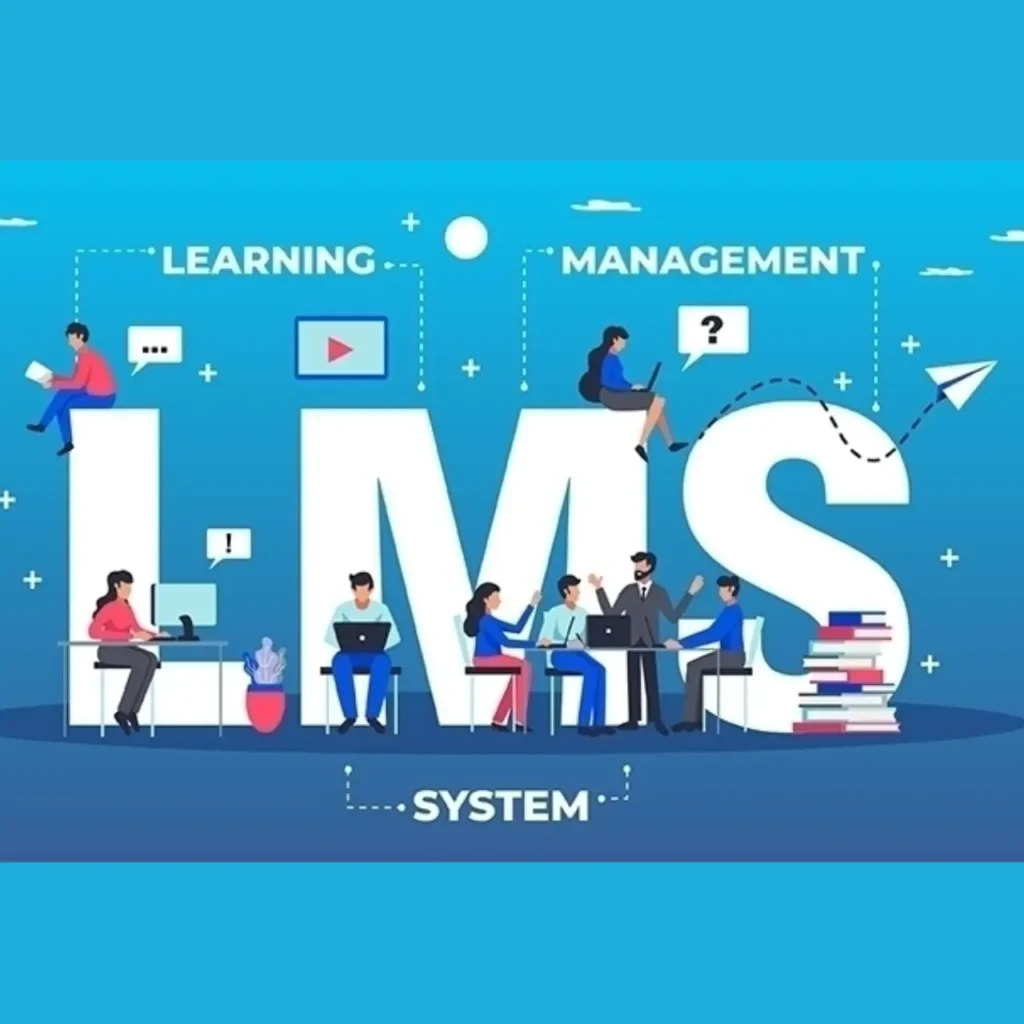Creating an online course creation is a great way to share your knowledge, build an audience, and even generate income. WordPress, as a versatile content management system, makes this process accessible to everyone, even if you’re not tech-savvy. In this guide, we’ll walk you through the steps to create an online course with WordPress.
Step 1: Set Up Your WordPress Site
Before you can create your online course, you’ll need a WordPress website. Here’s how to get started:
Choose a Domain Name and Hosting: Select a domain name that reflects your course content and find a reliable hosting provider. Many popular hosting companies like Hostinger, Bluehost, SiteGround, and WP Engine offer one-click WordPress installation.
Install WordPress: Once you’ve set up your hosting, install WordPress. Most hosting providers have easy installation processes, so this step is straightforward.
Choose a Theme: Your theme will determine the look and feel of your site. Choose a theme that’s clean, professional, and responsive. Many themes are specifically designed for online courses.

Step 2: Install a Learning Management System (LMS) Plugin

To create and manage your online course, you’ll need an LMS plugin. An LMS allows you to create courses, manage students, and track progress. Some popular LMS plugins include:
- LearnDash: A powerful and flexible LMS plugin with extensive features for creating courses, quizzes, and certificates.
- LifterLMS: Offers a wide range of features, including membership options, gamification, and more.
- Tutor LMS: A user-friendly option with drag-and-drop course builders and advanced quizzes.
Step 3: Create Course Content
With your LMS plugin installed, it’s time to create your course content:
Outline Your Course: Start by outlining your course. Break down the content into modules or sections, and plan each lesson.
Create Lessons: Within your LMS, create individual lessons. You can add videos, text, images, quizzes, and assignments. Make sure your content is engaging and informative.
Set Up Quizzes and Assignments: Quizzes and assignments help reinforce learning. Most LMS plugins offer built-in tools to create these elements easily.
Step 4: Configure Course Settings
After creating your content, you’ll need to configure your course settings:
Set Pricing: Decide whether your course will be free or paid. If it’s paid, you can set up pricing options and payment gateways. Many LMS plugins integrate with WooCommerce for payment processing.
Manage Enrollment: Determine whether your course will be open to everyone or if enrollment will be restricted. You can also set up prerequisites for course access.
Add Certificates: Offer certificates of completion to students who finish your course. This can be a great incentive for learners.
Step 5: Market Your Course
Once your course is ready, it’s time to market it:
-
Optimize for SEO: Use SEO best practices to make your course discoverable. This includes optimizing your course pages with relevant keywords, meta descriptions, and titles.
-
Promote on Social Media: Share your course on social media platforms like Facebook, Twitter, and LinkedIn. You can also join relevant groups and forums to promote your course.
-
Email Marketing: Build an email list and send regular updates to your subscribers about your course. Offering a discount or free trial can entice potential students.

Step 6: Monitor and Improve
After launching your course, keep an eye on its performance:
Track Student Progress: Use your LMS’s reporting features to monitor student progress and engagement.
Collect Feedback: Ask students for feedback and use it to improve your course content and delivery.
Update Content: Keep your course content up-to-date with the latest information and trends in your field.
Conclusion
Creating an online course with WordPress is a rewarding process that allows you to share your expertise with a global audience. By following these steps, you’ll be well on your way to launching a successful online course that not only educates but also inspires your students.


